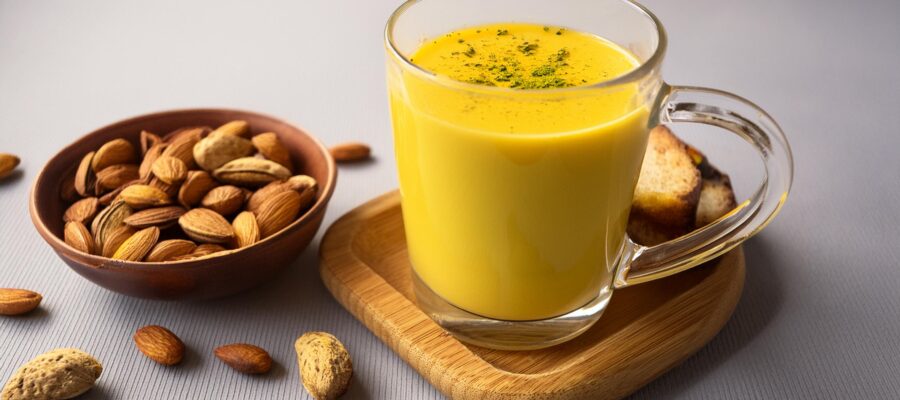Exploring healthy breakfast ideas with Indian recipes reveals a variety of dishes that are rich in protein and carbohydrates, providing sustained energy throughout the day, while also being easy to digest due to their high fiber content.
Dishes like Dhokla, made from fermented rice and chickpea batter, offer a protein boost and are light on the stomach. Methi Thepla, incorporating fenugreek leaves, delivers essential vitamins and minerals alongside fiber. Vegetable Uttapam and Sama Dosa combine rice and lentils or millets, ensuring a balanced intake of carbs and proteins. A vegetable sandwich, packed with fresh veggies and paneer, provides a wholesome start to the day.
These recipes not only support digestive health but also keep you energized and satiated. Complementing these nutritious breakfasts with a cup of tea makes for a perfect morning routine. This write-up highlights healthy breakfast recipes from India that are both nourishing and delicious.
Dhokla
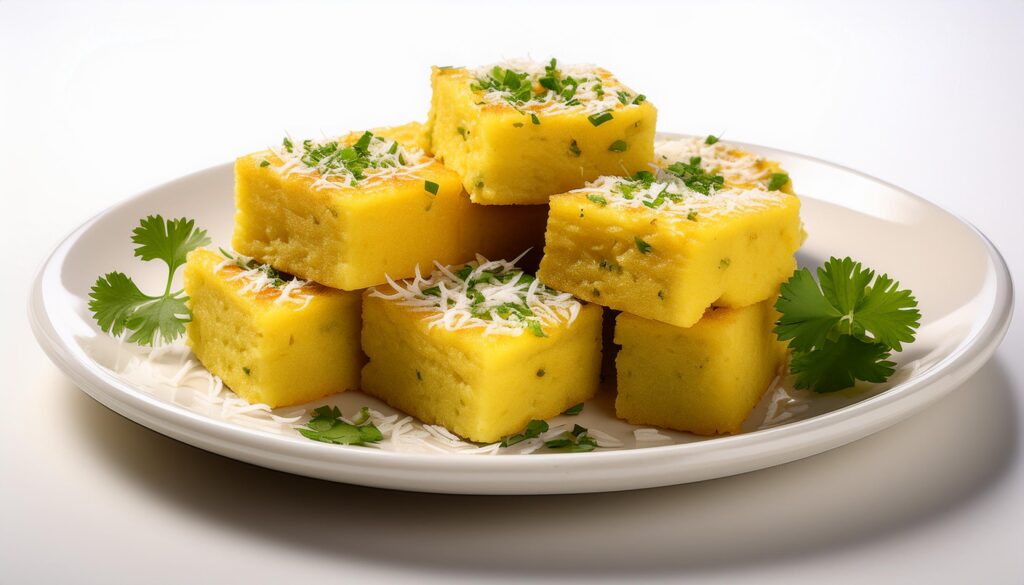
Freshly prepared dhokla, a steamed savory cake made from fermented rice and chickpea batter, is an excellent choice for a nutritious breakfast. It is rich in protein due to the chickpea flour, making it a great source of energy to start the day. The fermentation process enhances its nutritional value by increasing the bioavailability of essential nutrients and aiding in digestion. Dhokla is also low in calories and fat, which helps in maintaining a healthy weight. Additionally, it provides a good amount of fiber, which supports digestive health. With its combination of carbohydrates, proteins, vitamins, and minerals, freshly prepared dhokla offers a balanced meal that keeps you satiated and energized throughout the morning.
Ingredients
- 1 cup gram flour (besan)
- 1/2 cup yogurt
- 1 inch ginger (grated)
- 2 green chilies (finely chopped)
- 1/2 tsp turmeric powder
- 1 tsp mustard seeds
- 10-12 curry leaves
- 2 tbsp chopped coriander
- Salt to taste
- 1 tsp sugar
- 1 tbsp lemon juice
- 1 tsp fruit salt (Eno)
- 2 tbsp oil
- 1/2 cup water
Preparation Time: 40 minutes
Instructions
- In a bowl, mix gram flour, yogurt, ginger, green chilies, turmeric powder, salt, sugar, lemon juice, and water to form a smooth batter.
- Add fruit salt (Eno) to the batter and mix well. The batter will become frothy.
- Grease a steaming dish with oil and pour the batter into it.
- Steam the batter in a steamer or pressure cooker (without the whistle) for 15-20 minutes until cooked.
- Let the dhokla cool slightly and then cut it into squares.
- In a small pan, heat oil and add mustard seeds. Once they splutter, add curry leaves and sauté for a few seconds.
- Pour this tempering over the cut dhokla pieces.
- Garnish with chopped coriander and serve with green chutney.
Vegetable Sandwich
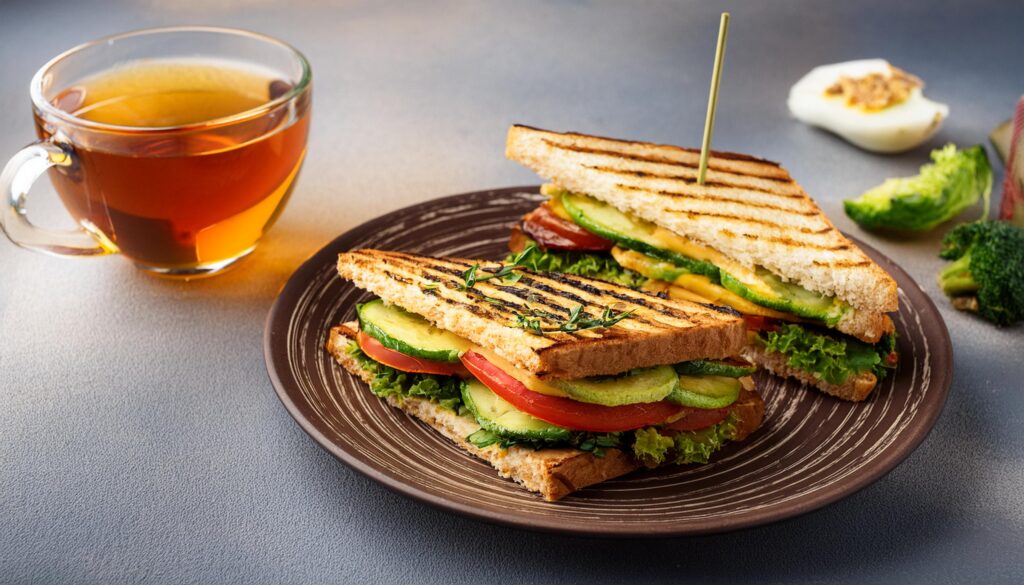
A freshly prepared vegetable sandwich, made with whole grain bread, and fresh vegetables like tomatoes, cucumbers, bell peppers, green chutney, and paneer, is a savory and nutritious breakfast option. Whole grain bread provides complex carbohydrates and dietary fiber, promoting sustained energy release and aiding digestion.
Fresh vegetables add a wealth of vitamins, minerals, and antioxidants, enhancing immunity and overall health. Green chutney, made from herbs and spices, not only adds a burst of flavor but also offers digestive benefits. Paneer, a good source of protein and calcium, supports muscle and bone health.
This combination results in a well-balanced meal that is low in calories but rich in essential nutrients, keeping you full, energized, and ready to start your day on a healthy note.
Ingredients
- Whole grain bread: 4 slices
- Tomatoes: 1 medium, thinly sliced
- Cucumbers: 1 small, thinly sliced
- Bell peppers: 1/2 medium, thinly sliced
- Green chutney: 2 tablespoons
- Paneer: 1/2 cup, crumbled or sliced
- Salt: to taste
- Pepper: to taste
Preparation Time: 15 minutes
Instructions
- Spread green chutney on whole-grain bread slices.
- Layer with sliced tomatoes, cucumbers, bell peppers, and paneer.
- Season with salt and pepper.
- Top with another bread slice and cut into halves.
- Serve fresh.
Methi Thepla
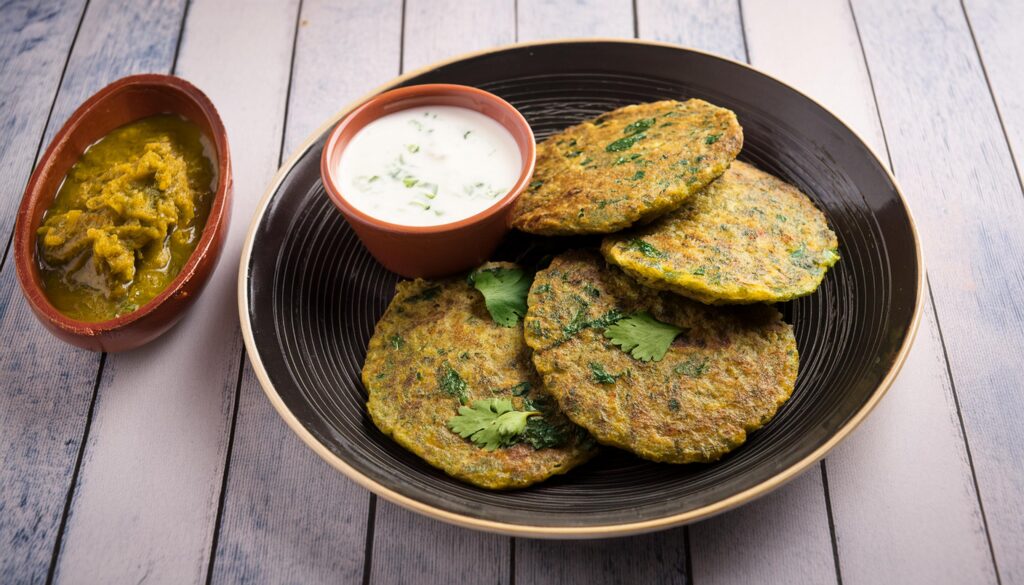
Freshly prepared methi thepla, a popular Gujarati flatbread made with whole wheat flour, fenugreek leaves, yogurt, and spices, offers both savory delight and nutritional benefits, making it an excellent breakfast choice. Whole wheat flour provides complex carbohydrates and dietary fiber, promoting sustained energy levels and digestive health.
Fenugreek leaves are rich in iron, calcium, vitamins, and antioxidants, contributing to overall wellness and boosting immunity. The inclusion of yogurt not only enhances the flavor but also adds a good dose of protein and probiotics, which support gut health.
The spices like cumin and coriander powder add a burst of flavor while offering their own health benefits, such as improved digestion and anti-inflammatory properties. Low in calories yet packed with nutrients, methi thepla is a balanced and wholesome meal that keeps you full and nourished throughout the morning.
Ingredients
- Whole wheat flour: 2 cups
- Fenugreek leaves (methi): 1 cup, finely chopped
- Yogurt: 1/2 cup
- Green chilies: 2, finely chopped
- Turmeric powder: 1/2 teaspoon
- Cumin seeds: 1 teaspoon
- Coriander powder: 1 teaspoon
- Salt: to taste
- Oil: 2 tablespoons (for the dough) + extra for cooking
Preparation Time: 30 minutes
Instructions:
- Mix whole wheat flour with chopped fenugreek leaves, yogurt, green chilies, turmeric, cumin seeds, coriander powder, and salt.
- Knead into a dough.
- Roll out the dough into thin flatbreads.
- Cook on a griddle with oil until golden brown on both sides.
- Serve with yogurt or pickle.
Vegetable Uttapam
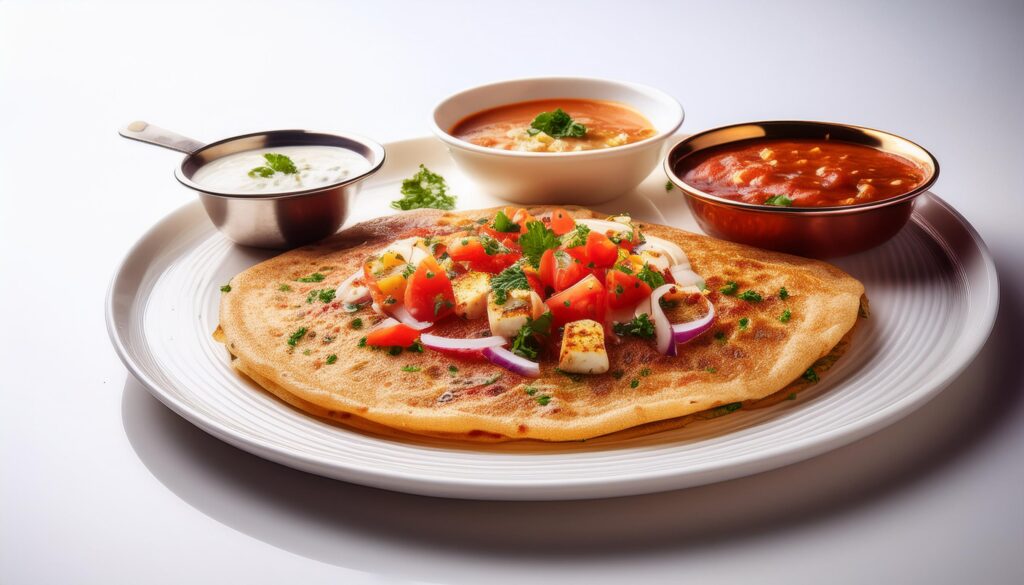
Vegetable uttapam, a nutritious and delicious South Indian breakfast dish, is made from fermented rice and lentil batter topped with a variety of fresh vegetables. Nutritionally, it offers a balanced meal with a good mix of carbohydrates, proteins, vitamins, and minerals.
The dosa batter provides complex carbohydrates and proteins, essential for sustained energy and muscle repair. Topping it with vegetables like onions, tomatoes, bell peppers, and carrots adds dietary fiber, vitamins A and C, and antioxidants, which boost immunity and promote overall health.
The fermentation process of the batter enhances its digestibility and nutrient absorption. Taste-wise, vegetable uttapam is a delightful combination of crispy edges and a soft, spongy center, complemented by the fresh, slightly crunchy vegetables and a hint of spice from the green chilies. This combination of savory flavors and textures makes vegetable uttapam a nutritious choice and a highly satisfying and flavorful meal to start the day.
Ingredients
- Dosa batter: 2 cups (store-bought or homemade)
- Onions: 1 medium, finely chopped
- Tomatoes: 1 medium, finely chopped
- Bell peppers (capsicum): 1 small, finely chopped
- Carrots: 1 small, grated
- Green chilies: 2, finely chopped
- Fresh coriander leaves: 2 tablespoons, chopped
- Salt: to taste (if not already in the batter)
- Olive Oil or Desi Ghee: for cooking
Instructions
- If using homemade dosa batter, ensure it is well-fermented and ready to use.
- Finely chop the onions, tomatoes, bell peppers, green chilies, and coriander leaves. Grate the carrot.
- Heat a non-stick tawa or griddle over medium heat and lightly grease it with oil.
- Pour a ladleful of dosa batter onto the tawa and spread it lightly to form a thick pancake.
- Quickly sprinkle the chopped vegetables (onions, tomatoes, bell peppers, carrots, and green chilies) and coriander leaves evenly over the batter.
- Press the vegetables gently with a spatula so they stick to the batter.
- Drizzle a little oil around the edges and on top of the uttapam.
- Cook until the edges start to lift and the underside is golden brown.
- Flip the uttapam carefully and cook the other side for a few minutes until the vegetables are slightly tender and the batter is fully cooked.
- Repeat with the remaining batter and vegetables.
- Serve the vegetable uttapam hot with coconut chutney, sambar, or any other chutney of your choice.
Sama Dosa

Sama dosa, made from a batter of sama rice (barnyard millet) and sabudana (tapioca pearls), offers both savory delight and substantial nutritional benefits. This gluten-free dish is rich in complex carbohydrates, providing sustained energy throughout the day.
Sama rice is high in fiber, which aids digestion, while sabudana adds a source of easily digestible starch. The inclusion of yogurt in the batter introduces probiotics, supporting gut health. Low in calories yet packed with essential nutrients, sama dosa is a wholesome, satisfying breakfast that combines a light, crispy texture with a delicate, savory flavor.
Ingredients
- Sama rice (Barnyard millet): 1 cup
- Sabudana (tapioca pearls): 1/4 cup
- Yogurt: 1/2 cup
- Green chilies: 2, finely chopped
- Ginger: 1 inch piece, grated
- Cumin seeds: 1 teaspoon
- Salt: to taste
- Oil: for cooking
Instructions
- Rinse the sama rice and sabudana together in water until the water runs clear.
- Soak them in enough water for about 4-5 hours or overnight.
- Drain the soaked sama rice and sabudana.
- Grind them into a smooth batter using a blender or mixer, adding yogurt and a little water if necessary to achieve a smooth consistency.
- The batter should be of pouring consistency, similar to regular dosa batter.
- Fermentation (Optional):
- You can let the batter ferment for 4-6 hours or overnight in a warm place. This step is optional but recommended for better flavor and texture.
- Add finely chopped green chilies, grated ginger, cumin seeds, and salt to the batter. Mix well.
- Heat a non-stick tawa or griddle on medium-high heat.
- Lightly grease the surface with oil.
- Pour a ladleful of batter onto the tawa and spread it in a circular motion to form a thin dosa.
- Drizzle a little oil around the edges and cook until the dosa turns golden brown and crisp.
- Flip and cook the other side for a few seconds if needed.
- Repeat with the remaining batter.
- Serve the sama dosa hot with chutney, sambar, or any side dish of your choice.
Concluding your breakfast with a beverage feels wholesome. Some of us would like other homemade beverages in place of tea, then here is something you would like to read. Just click on it.
Cool Summer Drinks To Make At Home For Loved Ones This Season
Health Tip
Tea
It is advisable to take your tea at least 2 hours after a holistic breakfast, this helps in minimizing disruption of iron absorption.
Juices
For juices or other drinks, it is again advisable to take them at least 2 hours post breakfast. This prevents disruption in the digestive process. Your stomach needs to process your breakfast meal first and it has its own acidic juices to do so. Diluting stomach juices with external cool beverages can hamper digestion. So, take cool beverages or water after food has been digested in the stomach.
Conclusion: Healthy Breakfast Ideas
Indian breakfast recipes like Dhokla, Vegetable Sandwich, Methi Thepla, Vegetable Uttapam, and Sama Dosa are not only delicious but also highly nutritious and filling. This makes them excellent choices for healthy breakfast ideas. These dishes combine the rich flavors of traditional Indian cuisine with a balance of essential nutrients, ensuring a great start to the day. Dhokla provides a protein-packed punch, while Vegetable Sandwiches offer a fresh, vitamin-rich option. Methi Thepla incorporates the goodness of fenugreek leaves, and Vegetable Uttapam delivers a tasty mix of vegetables on a crispy base. Sama Dosa, with its gluten-free ingredients, ensures a light yet satisfying meal. Together, these recipes exemplify how Indian breakfasts can be both flavorful and beneficial for health.
